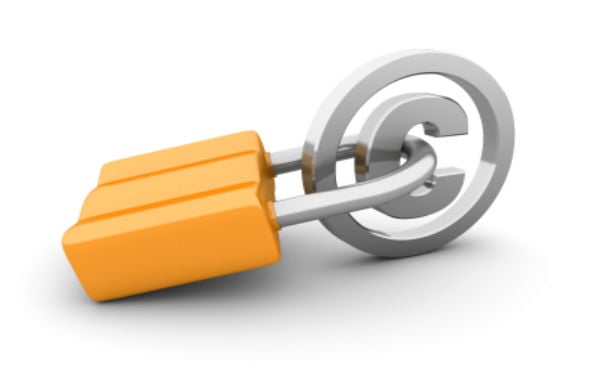
The Addendum to the Republic of Armenia Law on Copyright and Related Rights [AM], which regulates the procedure and conditions for republishing content from websites, entered into force on Nov. 9, 2013.
According to the amendment to the law, “In republishing excerpts from the news items of online and print media, other print media and websites must cite the original source of the news item. In republishing excerpts from news items of print media and websites, noting the print media’s name in the headline is mandatory. In citing excerpts from the news items of websites, including an active hyperlink to the [original] website, as well as the website’s name in Latin letters in the headline is mandatory.”
In co-author of the law, MP Arpine Hovhannisyan’s opinion, the law will promote the establishment of journalism ethics and will restrain news outlets that engage in “copy-pasting” content.
“The need for legislation wouldn’t have been so sudden and acute if a number of rules of ethics were maintained in the media sector. Therefore, I think, the law must play the role of a mechanism to protect journalism ethics in legal terms,” she said.
The MP, nevertheless, believes that journalist solidarity won’t allow for lawsuits to be launched.
Tert.am editor Sasun Khachatryan, however, finds that the law would be more viable if news outlets don’t become victim to solidarity and don’t refrain from going to court if issues arise. “Otherwise the ‘best practices’ of dishonest journalism will continue and the law will remain [only] on paper,” he says.
Though the Tert.am editor welcomes the addendum to the law and hopes that it will serve to eliminate dishonest journalistic practices, he doesn’t agree with certain points and phrasing in the addendum. According to him, there’s the impression that the additions are more so intended for news outlets to gradually refrain from republishing content from other news outlets.
“If, according to the law, ‘regardless of the volume of reproduction, republishing excerpts from news articles should not reveal the essential part of the news item’ (I assume, this refers to the essential part of the content and not of the volume), then I see no reason why a news outlet has to republish the article [at all]. That is, in the republished article, why tell readers that employees of which division of which department of which agency went to the scene if one or two paragraphs can be reproduced and the main message presented with that, and for the details suggest a hyperlink with which it will be possible to find out the details in the original [article],” he says.
In ArmNews TV Editor Gnel Nalbandyan’s opinion, there is always a need to make further adjustments to legislation, since the situation changes quite quickly particularly in cyberspace and the legislation has to manage to react to those changes.
In his words, television also can’t fall outside the regulatory system since modern-day television is organically tied to the online news platform: websites disseminate information, the news programs pick it up, modify it, and broadcast it.
“And often they not only don’t name the source, but also cover the logo on the online news media’s video footage and present it as their own news product. This is unacceptable because if you take something that you haven’t prepared and even if you don’t cite the website, then [at least] you have to keep the logo — that already will be a reference to the information source,” Nalbandyan says.
The ArmNews TV editor believes that even if there are violations, there won’t be court cases against news outlets. “These types of issues are usually concluded in the professional community and with the calls of directors, managers, chief editors, or [media] owners. The news outlets aren’t inclined to launch court cases against one another if there’s no serious financial problem involved,” he says.
Media expert Suren Deheryan finds that copyright matters can and should be resolved through self-regulation. “But the mechanisms of self-regulation may be applied in the case of competition between or the activities of tantamount news outlets. Journalists and traditional news outlets, including online traditional news outlets, today stand before a serious challenge. Journalists today are fighting against mutant news websites, which disregard any complaint of dishonest journalism directed at them, and sometimes they retort with an aggressive counterattack,” he says.
In the media expert’s opinion, the effectiveness of the law will be seen only in the final outcome of court cases. “It’s hard to predict in the near future whether there will be a lawsuit or not, but it’s time and there’s a need to begin with the united efforts of the public and the journalist community an aggressive fight against fake websites and tear away their masks,” says Deheryan.
Anna Barseghyan


Add new comment
Comments by Media.am readers become public after moderation. We urge our readers not to leave anonymous comments. It’s always nice to know with whom one is speaking.
We do not publish comments that contain profanities, non-normative lexicon, personal attacks or threats. We do not publish comments that spread hate.